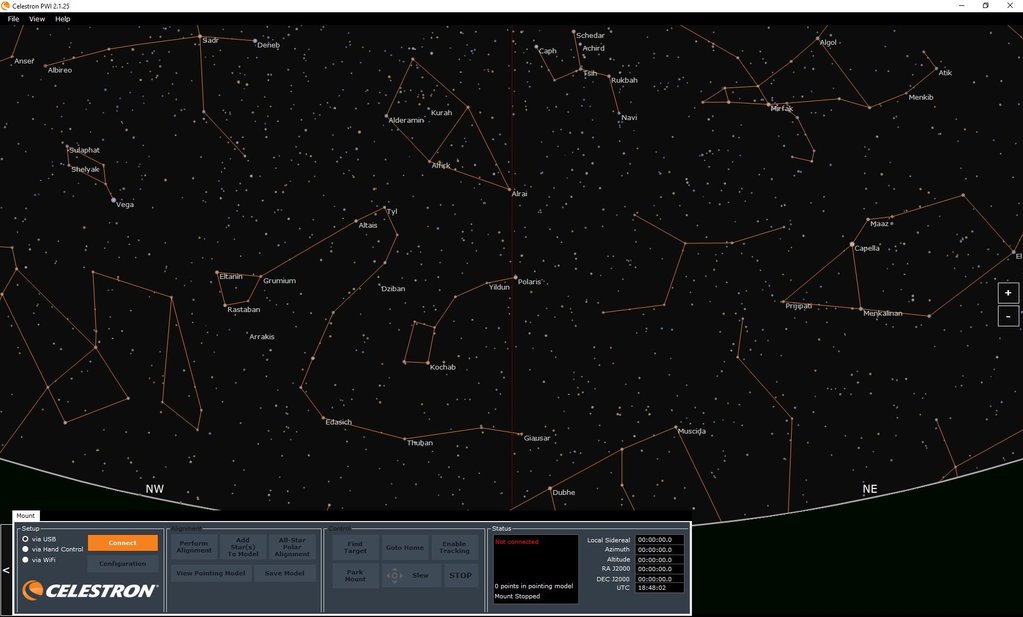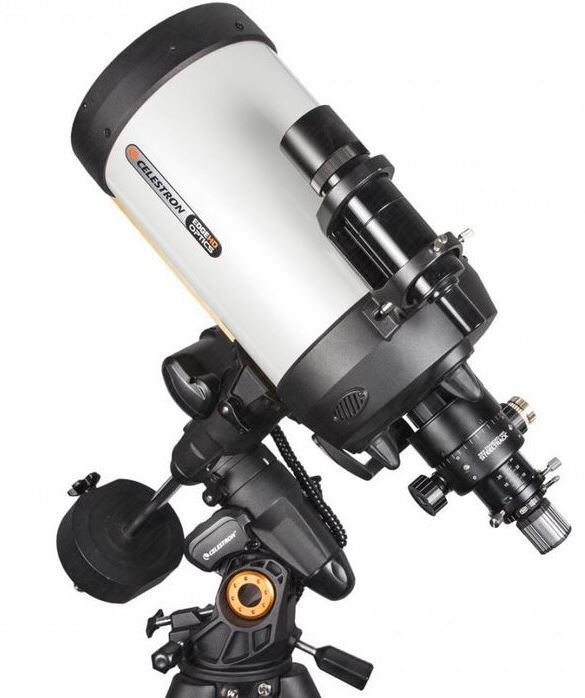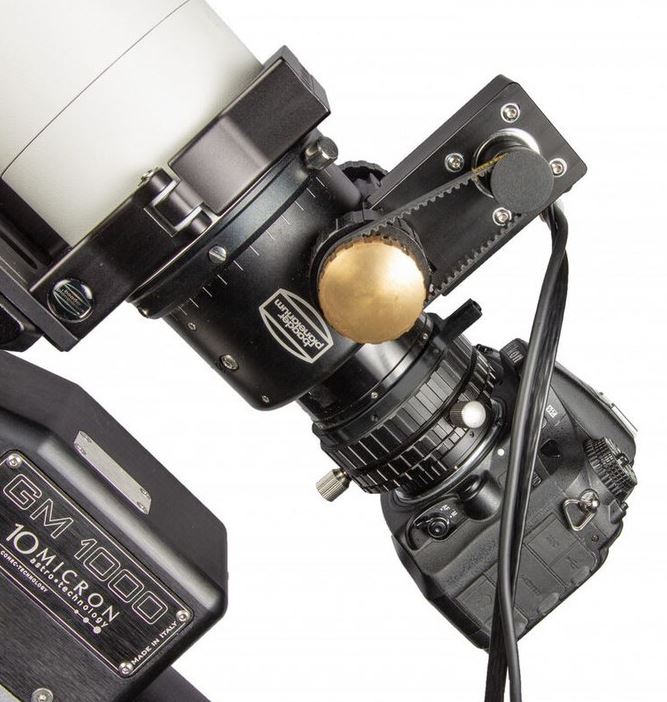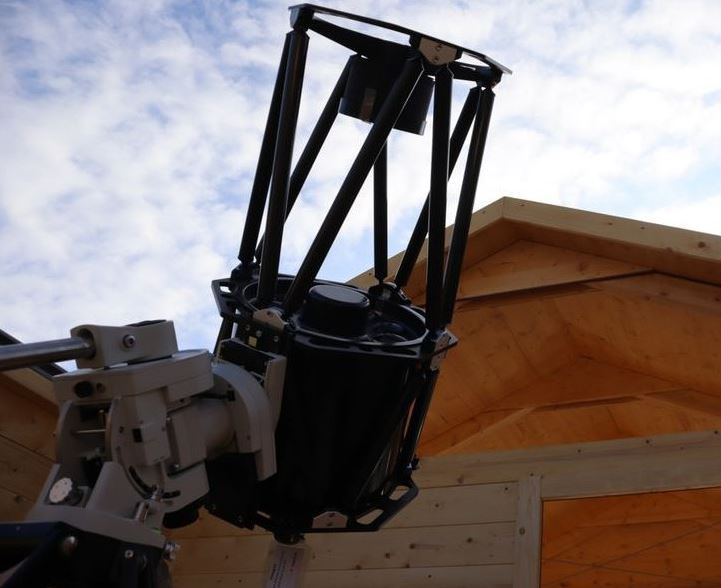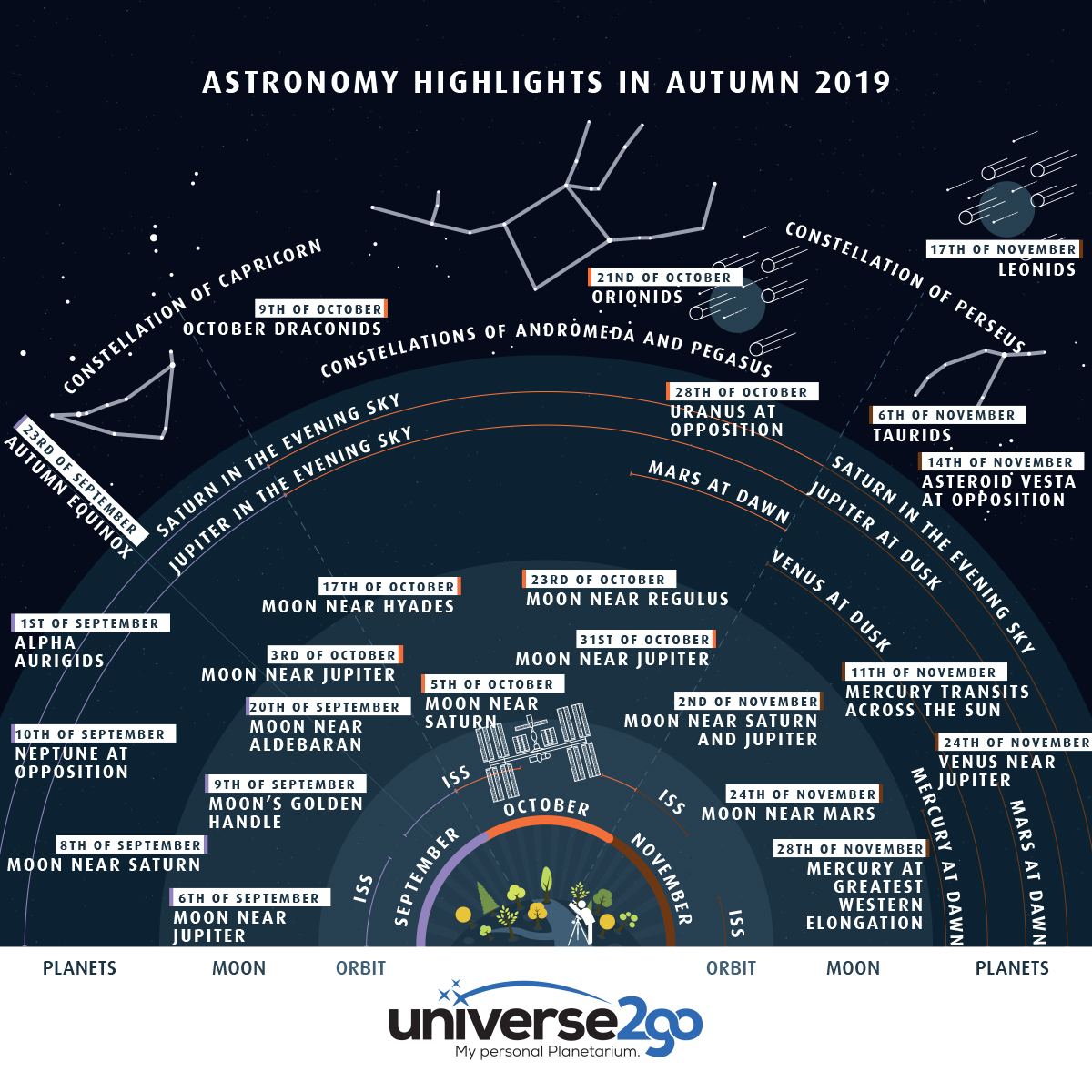
In the next three months, from September to November, there are once again some great observing opportunities that we should not miss. A special event is fast approaching: the very rare transit of Mercury across the Sun. But there are also other smaller events to be seen.
The new astronomical infographic “Astronomy Highlights in Autumn 2019” offers you a quick graphical overview. This will keep you up to date and let you know what is happening in the sky.
September:
1 September: Alpha Aurigids
The Alpha Aurigids are a fast meteor shower moving at a speed of 65 km/s, which originated from the comet Kiess C/1911. At their peak on 1 September, around six meteors per hour are visible. The radiant, that is the place from which the meteors appear to originate, lies in the constellation Auriga below the star Capella.
6 September: The Moon meets Jupiter
At a distance of just under 5° the Moon is approaching Jupiter this evening. At dusk we see them as bright objects that are close to one another.
8 September: The Moon meets Saturn
While the Moon was seen near Jupiter two days ago, it is today visiting the ringed planet Saturn. Both celestial bodies approach one another at a distance of 1.5°.
9 September: The Moon’s Golden Handle
This evening we experience the Moon’s golden handle. A fairly rare event that can only be seen during a Moon phase of 83%. We can then discover a closed semicircle of golden light on the dark side of the Moon’s boundary between light and shadow. The reason for this: we are looking at Mare Imbrium and Sinus Iridum crater, which is surrounded by the Montes Jura range. While the crater is still lying in darkness, the Sun rises over the mountain peaks and we see the famous handle.
10 September: Neptune in opposition
Neptune is one of the outlying gas giants of our solar system. At a distance of 4.5 billion kilometres, it takes 165 years to orbit the Sun. Its light is en route for 4 hours and 10 minutes before it arrives at the Earth. During its opposition it is particularly easy to see in Aquarius. At 1am it reaches its highest point, around 36° above the horizon.
20 September: The Moon meets Aldebaran
The waning Moon, which is 72% illuminated, meets Aldebaran, the main star of Taurus, during the night of September 20. Aldebaran is a red giant, a star that has reached the last phase of its life. It shines 150 times brighter than the Sun and is so large that if it were to replace of the Sun it would reach as far as Mercury.
October
3 October: The Moon meets Jupiter
An especially pretty sight awaits us this evening: the Moon meets up with bright Jupiter. This impressive conjunction is worth observing, especially as dusk begins.
5 October: The Moon meets Saturn
In the early evening in Sagittarius, just above the horizon, today you can see a conjunction of Saturn and the Moon.
9 October: The October Draconids
Shooting stars appear to be falling from the constellation Draco on 9 October: this is the Draconids meteor shower. As they dart across the sky they are a fascinating spectacle, even for amateur astronomers. The radiant is located near the star Draconis. Draco is a circumpolar constellation, therefore the radiant lies at an optimal visible altitude in the evening sky.
12 October: Amphitrite in opposition
Amphitrite is a sea goddess in Greek mythology and is married to Poseidon. In the sky, however, Amphitrite is an asteroid of the main asteroid belt, which is now in opposition. It is 211 million kilometres away from Earth. It is currently in Pisces below the constellation Andromeda.
17 October: The Moon meets the Hyades
The Hyades open star cluster is very old at 600 million years and forms a V-shape with its brightest stars. The Moon visits the cluster tonight. By the way: the star Aldebaran does not belong to the Hyades.
20 October: Mercury’s greatest eastern elongation
Mercury is at its greatest elongation angle of 24°, but we still don’t see it in the evening sky.
21 October: Orionids
The Orionids are a smaller meteor shower with an activity of about 25 meteors per hour. The radiant is located in the constellation Orion near the star Betelgeuse. Although you can watch the shooting stars all month long, the peak is seen between 20 and 21 October.
23 October: The Moon meets Regulus
Today the slender crescent moon can be found at a distance of around 10 degrees from Regulus, the main star in Leo.
28 October: Uranus in opposition
Now there is another opportunity to take a look at distant Uranus: it can be seen all night during its opposition. With a brightness of 5.6 mag. you can see it with binoculars alone, but it is only recognisable as a planet using a telescope. You will find it in the constellation Aries. To find it draw a line from the bright star β Ari to the just 4.3 mag. dim star ξ1 Cet in the constellation Cetus. At the start of the last third of the line to ξ1 Cet, you will find the planet.
31 October: The Moon meets Jupiter
Tonight we see a slender and only 15% illuminated crescent Moon directly next to Jupiter.
November
2 November: The Moon meets Saturn and Jupiter
This evening we see a nice conjunction of the Moon, Saturn and Jupiter on the southwestern horizon.
6 November: Taurids
The Taurids are a two-part meteor shower with just 10 meteors per hour expected. What is much more interesting is that some bright fireballs may also be visible.
11 November: Mercury Transit
It only happens every 13 years: Mercury passes across the solar disc and we can follow this transit live through a telescope. It starts at 13:35 CET, the 2nd contact is at 13:37 CET, the middle at 16:19 CET, the 3rd contact 19:02 CET, finishing at 19:04 CET. Unfortunately we can only observe half of the transit because the Sun would have already disappeared under the horizon. Attention! Always use a suitable solar filter for your observation! Never observe the Sun without one! Observation without a special solar filter is dangerous and will lead to severe retinal damage. Let us advise you.
14 November: Asteroid Vesta in opposition
The asteroid Vesta belongs to the main asteroid belt and was one of the first bodies of its kind to be discovered. After Pallas, it is one of the largest asteroids with a diameter of 516 kilometres. On 14 November Vesta reaches a brightness of 6.5 mag. and so you can find and observe it with any telescope. It is currently in the constellation Cetus. You can find it relatively easily by extending a line from o Tau (in Taurus) about 2 degrees to the west. A star atlas is useful here.
17 November: Leonids
On 17 November the Leonids reach their peak. In addition to the Perseids, they are amongst the most famous meteor showers. There have been years when these meteors fell like raindrops from the sky. This usually happens every 33 years when the Earth collides with the Leonid cloud.
In normal years, the shower reaches a peak of no more than 20 meteors per hour. This year the rate of occurrence is a little lower, with 15 meteors per hour expected.
24 November: Jupiter meets Venus and the Moon meets Mars
In the last days of November there are two conjunctions: the Moon and Mars, and Jupiter and Venus.
In the early morning of the 24th we see a delicate crescent moon, Mars and, a little further below, Mercury. Then the following evening, in the very early twilight, there is a beautiful view of Jupiter and Venus.
28 November: Mercury’s greatest western elongation
Mercury reaches the best morning visibility of the year from 28 November at its greatest western elongation, now it has an angular separation from the Sun of 20 degrees. Through a telescope Mercury appears half-illuminated.

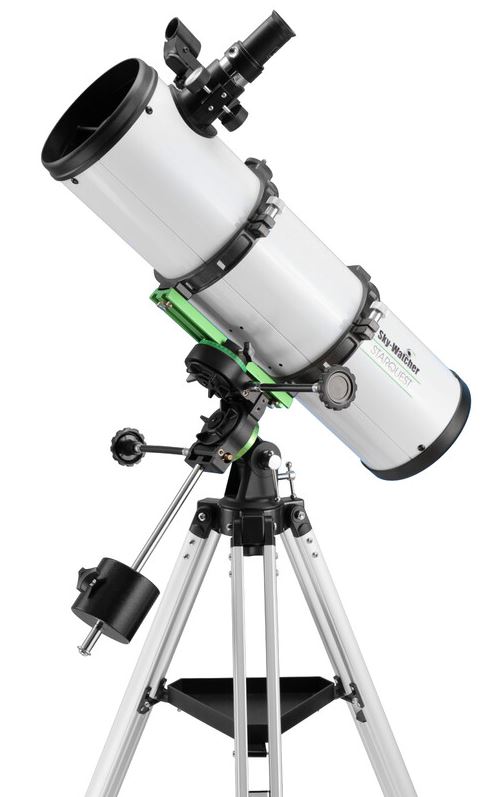
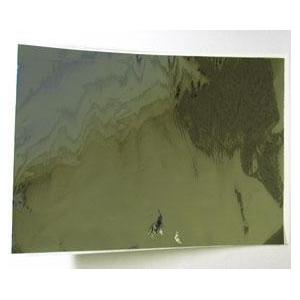
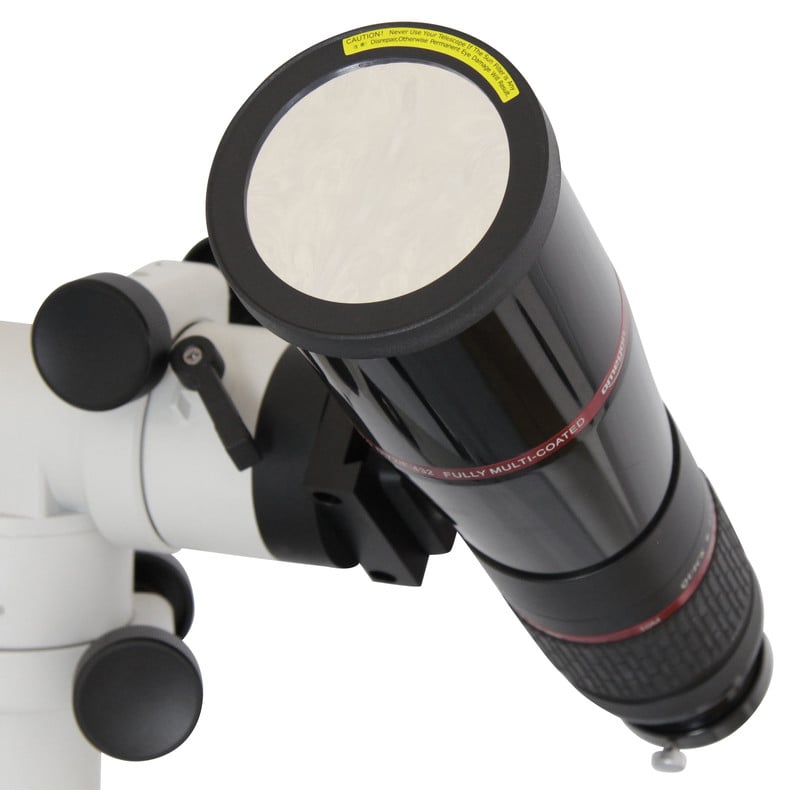
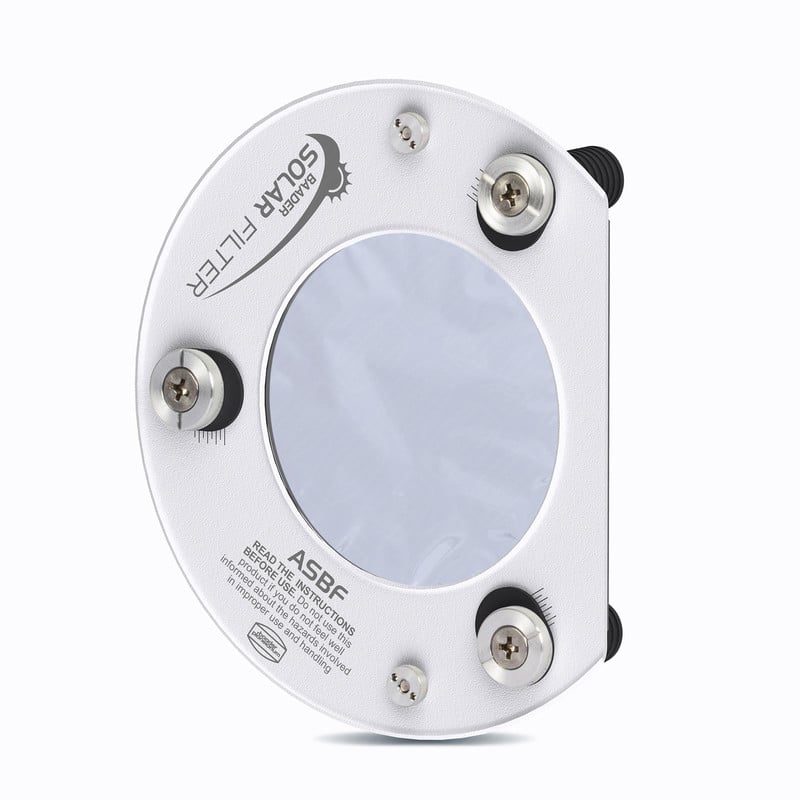


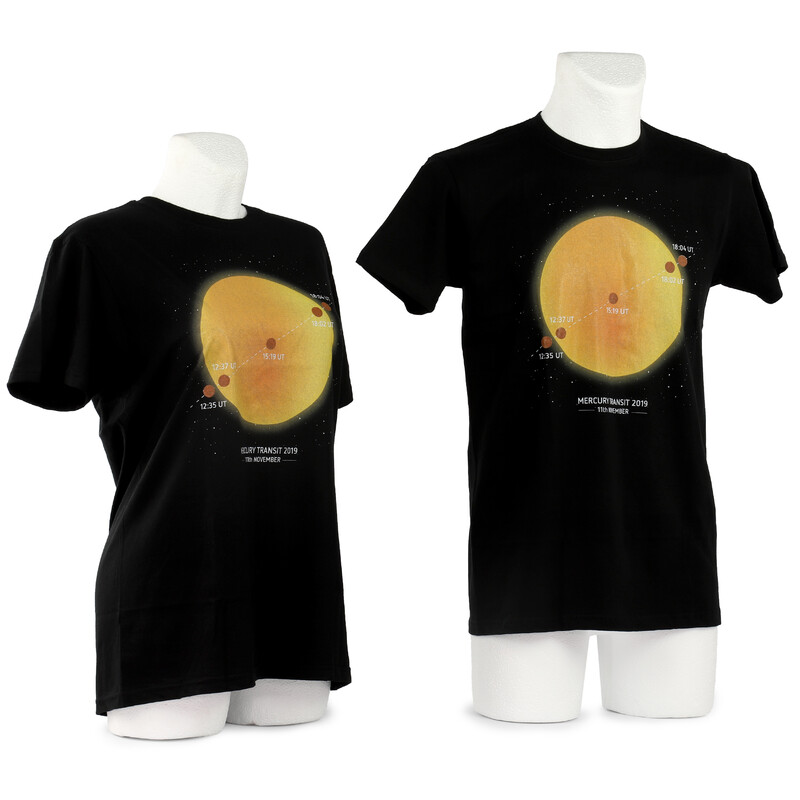
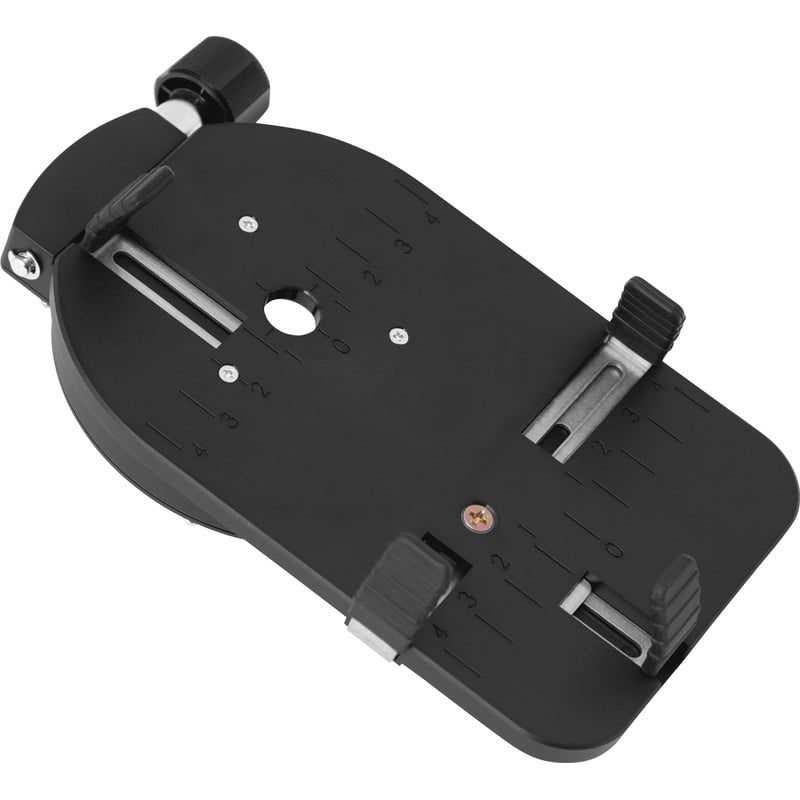
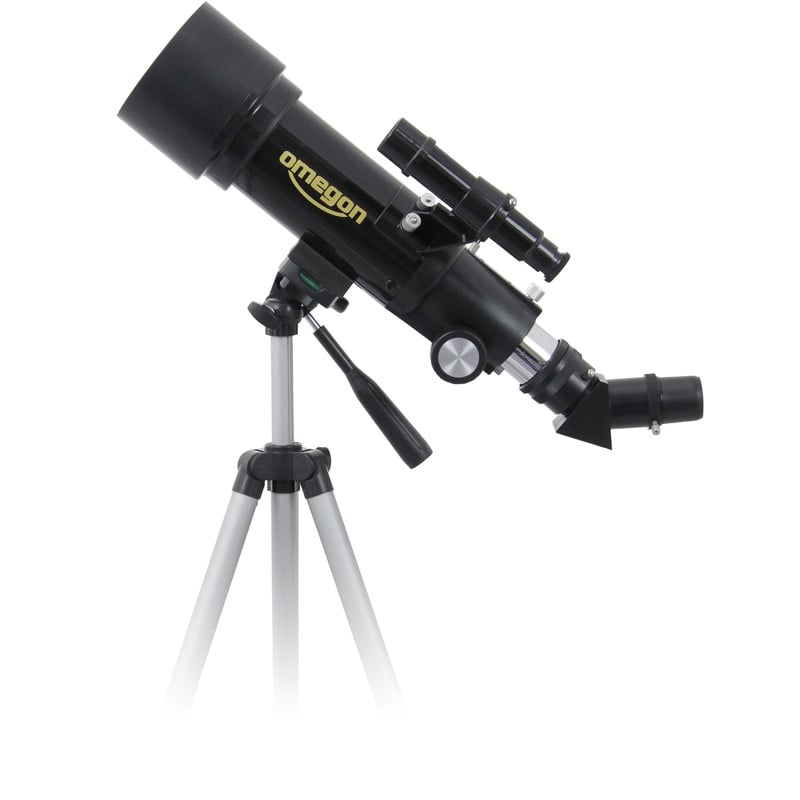

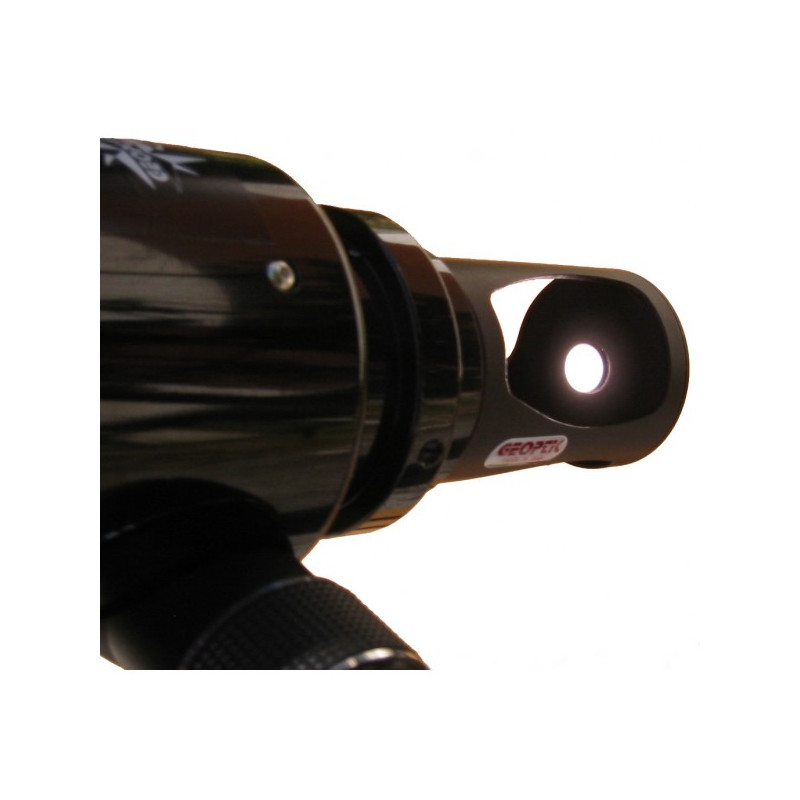
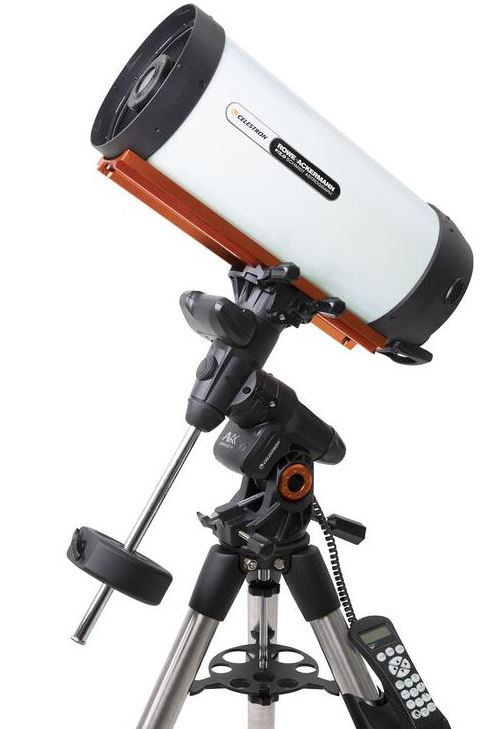
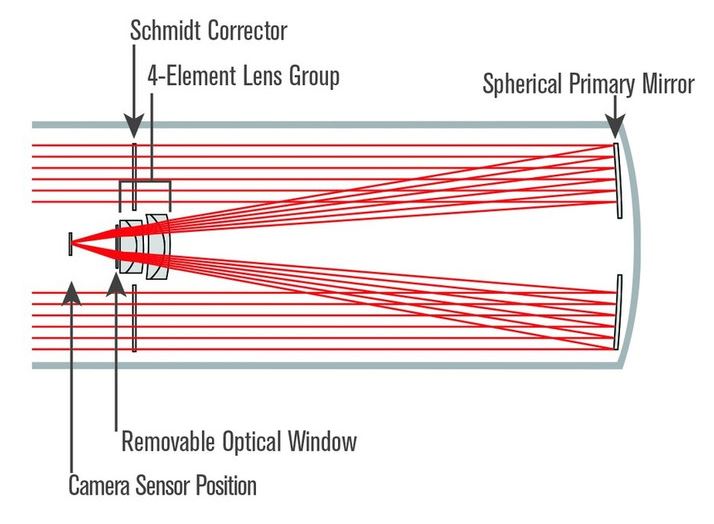

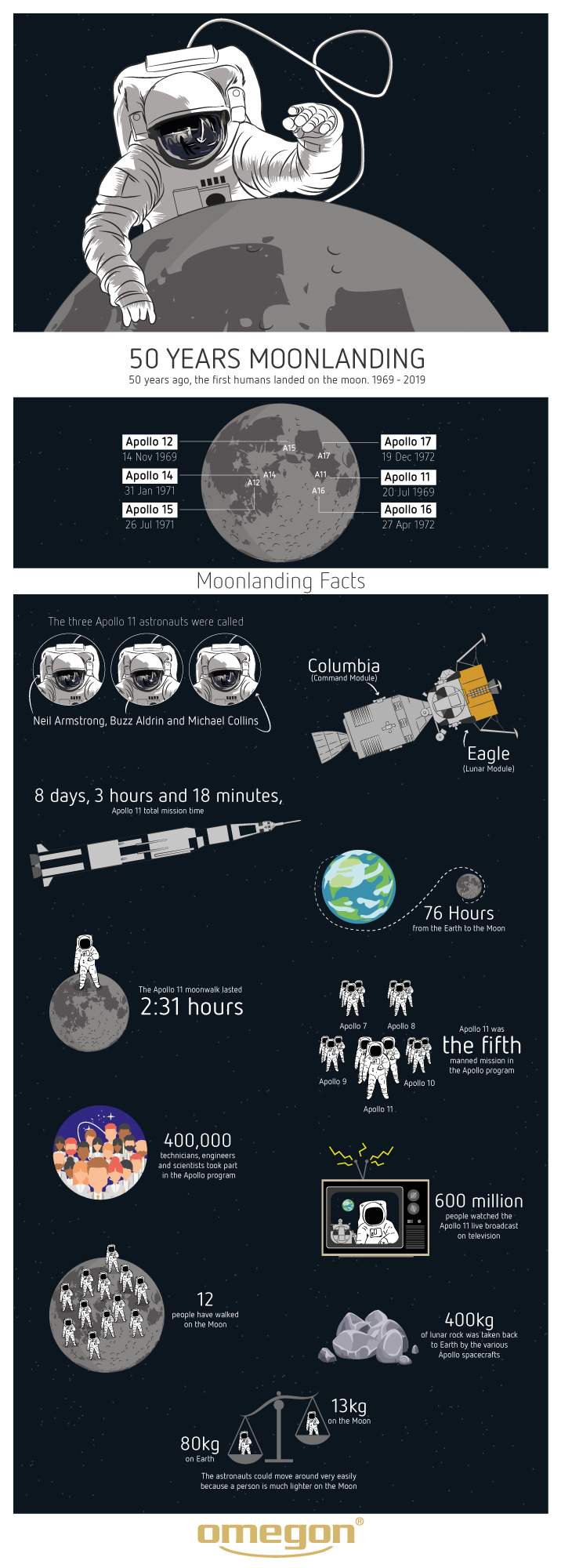

 You can rely on PlaneWave Instruments’ professional CPWI software if you want to control your Celestron telescope via a laptop or PC.
You can rely on PlaneWave Instruments’ professional CPWI software if you want to control your Celestron telescope via a laptop or PC.